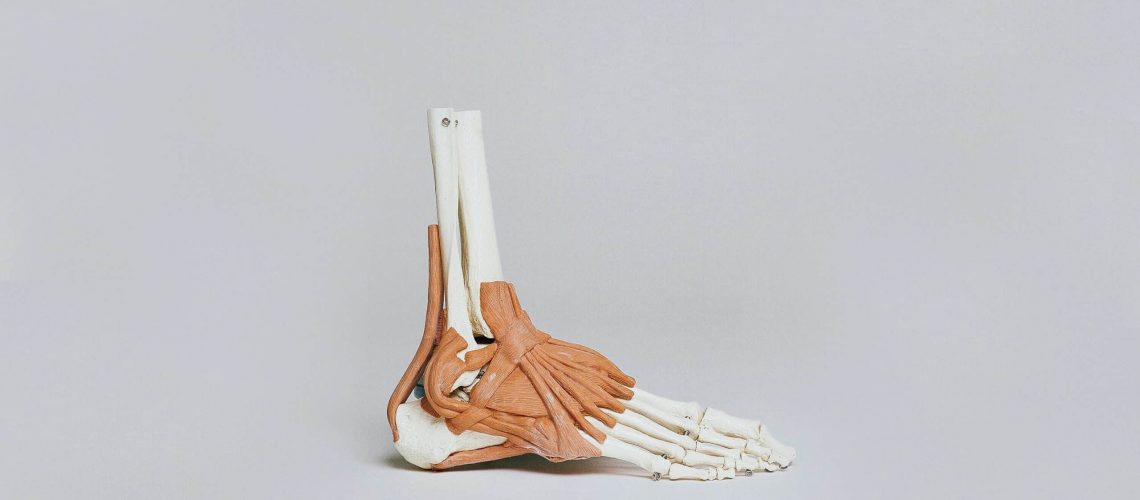The Achilles tendon is a large band that connects the heel cone to the calf muscle; it lifts the heel off the ground and is essential for walking. When it tears or ruptures, it becomes challenging to walk without pain. The Achilles tendon connects the muscles in the back of the calf to your heel bone and is a strong fibrous cord, and when it ruptures, it affects the back of your lower leg and heel.
When your Achilles tendon ruptures, it is often spontaneous and excruciating. Generally, it happens between the ages of 24-45 years old, and most have no previous injury to the tendon or history of pain. You will experience some symptoms when you rupture your Achilles tendon.
Contents
What Are The Symptoms Of Achilles Tendon Rupture?
An Achilles tendon may only partially tear or fully rupture; however, the symptoms are the same, and a partial tear can quickly progress to a complete rupture. The most common signs of an Achilles tendon rupture or tear are:
- Feeling a sudden stabbing pain in the back of the heel or calf area, along with the inability to plantarflex your foot
- Feeling or hearing a snap in your calf or heel area at the time of injury
- Pain while walking because of the injured tendon, and the injury affects the muscles that pull the toes up and push the toes down, causing you only to be able to walk with a limp
- The majority of people will not be able to run, stand on their toes, or climb stairs
- The lower calf or heel may have swelling
- Feeling like your calf has been kicked
What Are The Common Causes Of Achilles Tendon Rupture?
Often an Achilles tendon will rupture if there is a forceful, sudden movement of the foot going down against resistance. For example, if you push off to jump with great force while playing basketball, football, or tennis.
An Achilles tendon rupture can happen to anyone; however, some factors may increase your chances, including some that you may not expect.
Factors That Increase The Risk Of Rupturing Your Achilles Tendon
Physical factors that increase risk are lack of flexibility, overuse, jumping and running activities, older age, poor conditioning, a sudden increase in exercise intensity, improper shoes, or excessive stair walking or hill climbing.
Other risk factors include underlying illnesses such as diabetes, thyroid disease, rheumatoid arthritis, kidney failure, systemic lupus erythematosus, gout, or a previously ruptured or inflamed tendon.
Corticosteroid medications either injected near the tendon or taken by mouth, fluoroquinolone antibiotics (ciprofloxacin, levofloxacin) can also increase your risk of having a ruptured Achilles tendon.
How Do You Treat Achilles Tendon Rupture?
Achilles tendon ruptures are very painful and often debilitating as it affects your ability to walk, exercise, and move about without any pain. Consult with an experienced orthopedist and sports medicine specialist to help guide and treat you as soon as possible so that you may heal and prevent further damage.
Treatment may depend on your injury severity, activity level, and age. Discuss the pros and cons of non-surgical and surgical treatments with your orthopedist or sports medicine doctor.
- Non-surgical treatment includes resting the tendon by utilizing crutches, applying ice, taking over-the-counter pain relievers, and keeping the ankle from moving for a few weeks. A boot with heel wedges or a cast that keeps the foot flexed downward may be used for walking.
A non-surgical approach is more cost-effective and may be recommended for those at a higher risk for surgery; there is no need for anesthesia, hospitalization, skin breakdown, and decreased risk for nerve damage. The disadvantages are it does have a greater chance of re-rupturing the tendon by up to 40%, longer, and increased time for immobilization.
- Surgical treatment involves an incision on the back of your lower leg, and then your surgeon will stitch together the torn tendon. Depending on the severity, the repair may need to be reinforced with other tendons, and a postoperative boot will also need to be worn after surgery for four to six weeks.
The advantage of having surgery is a decreased risk of re-rupturing your tendon. The disadvantages are an increased risk of infection and nerve damage which are possible complications associated with having this surgery, along with the need for hospitalization and the cost.
- After either treatment, physical therapy and rehabilitation are necessary to help strengthen your Achilles tendon and leg muscles and help minimize scar tissue development. The majority of people will be able to reach their former level of activity by between four and six months. Strength and stability training needs to be continued up to a year as some issues may persist longer.
There are many important considerations when making your decision. One thing you do not want to do is to put off consulting with an experienced orthopedic and sports medicine specialist.
Contact Our Team To Help You
We want to help you recover as quickly as possible and return to thoroughly enjoying your life. At Thunder Basin Orthopaedics is compassionate and experienced in treating orthopedic injuries such as Achilles tendon rupture, knee or leg pain, sports medicine, minimally invasive surgery, shoulder pain, etc. We have locations in Gillette and Douglas, Wyoming. Contact us today so we can start you on the road to recovery.


